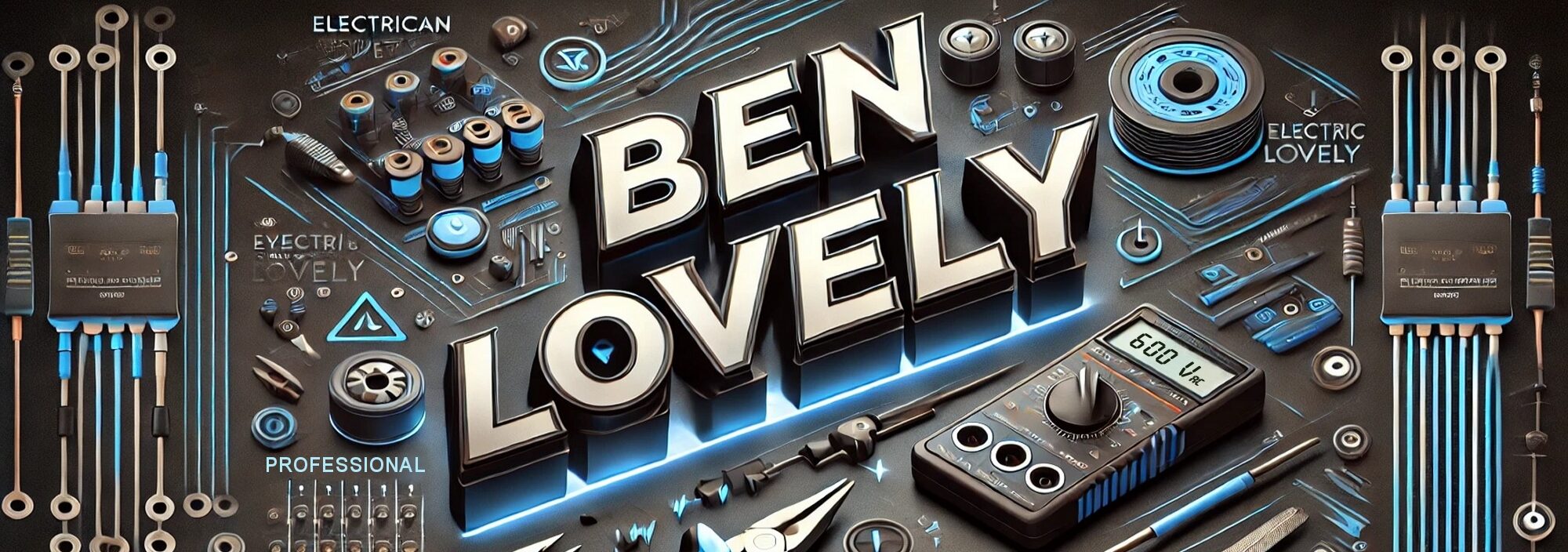How to Read an Electric Bill
Be honest, how many of you actually know what the numbers on your BC Hydro bill represent? Do you just see the dollars owing line and pay it? You’re not alone! In an Instructional Skills Workshop at TRU (Equivalent to PIDP 3220), I taught a group of non-electricians how to interpret their power bill and,…
